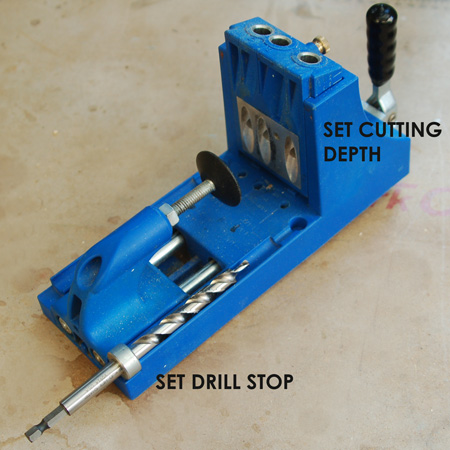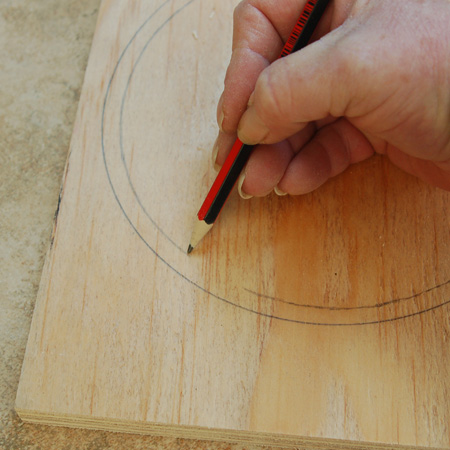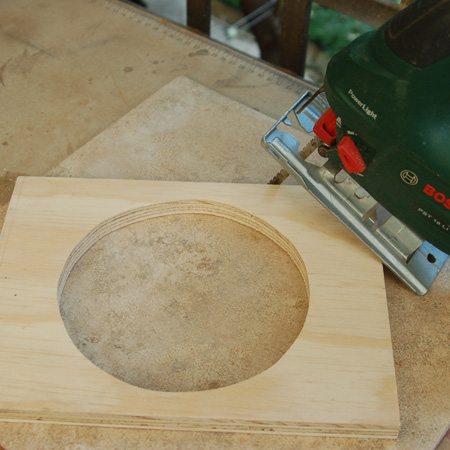Quick Project: Dog Bowl Holder
This plywood dog bowl holder is a 10-minute project using leftover scraps of 16mm plywood and a saucepan with a broken off handle.
I don't like to throw any leftover timber or board away, and continuously looking for ways to recycle or upcycle household items. This dog bowl holder is made using a saucepan that lost its handle, and is just a quickie project that you can do in about 10 minutes with a few tools.
YOU WILL NEED:
Old saucepan
Plywood offcuts or scraps
120-grit sandpaper
32mm coarse-thread pockethole screws [4]
TOOLS:
Drill / Driver plus assorted bits
Kreg Pockethole Jig Kit
Jigsaw and fine-tooth blade
Tape measure and pencil
Find everything you need for this project at Builders Warehouse.
HERE'S HOW:
To make the dog bowl holder you first need to determine if the pan or pot is suitable. The bowl (bottom section) must be smaller than the lip (top), or it won't be able to fit. You'll also need to remove the handle. Measure the diameter of the top and height of the pot to cut out a top and 2 sides. The sides are just slightly higher than the height of the pot.
Set the cutting depth of the Kreg Jig to between 1/2 and 3/4 for 16mm plywood. Also set the depth stop on the drill bit.
Drill a hole at both ends of the sides.
GOOD TO KNOW
If you don't own a Kreg Pockethole jig - secure the sides to the top with wood glue and screws through the top into the sides.
If you are interested in purchasing a Kreg Pockethole Jig Kit, buy online or at your local Builders Warehouse. There are various kit options to consider.
BELOW: The sides with pocketholes.
Place the saucepan on the top and draw around the lip with a pencil.
Now draw a slightly smaller circle inside the first circle. This will provide a ledge on which the pot will rest.
Drill a 10mm hole inside the circle to be able to insert a jigsaw blade and cut out the opening. Sand the cut edges smooth.
GOOD TO KNOW
Place the plywood with its 'good face' down. This reduces chipping on the edge.
BELOW: DO use pockethole screws, as these have a coarse thread that grips the board tightly.
Secure the sides to the top with pockethole screws - and that's it.











